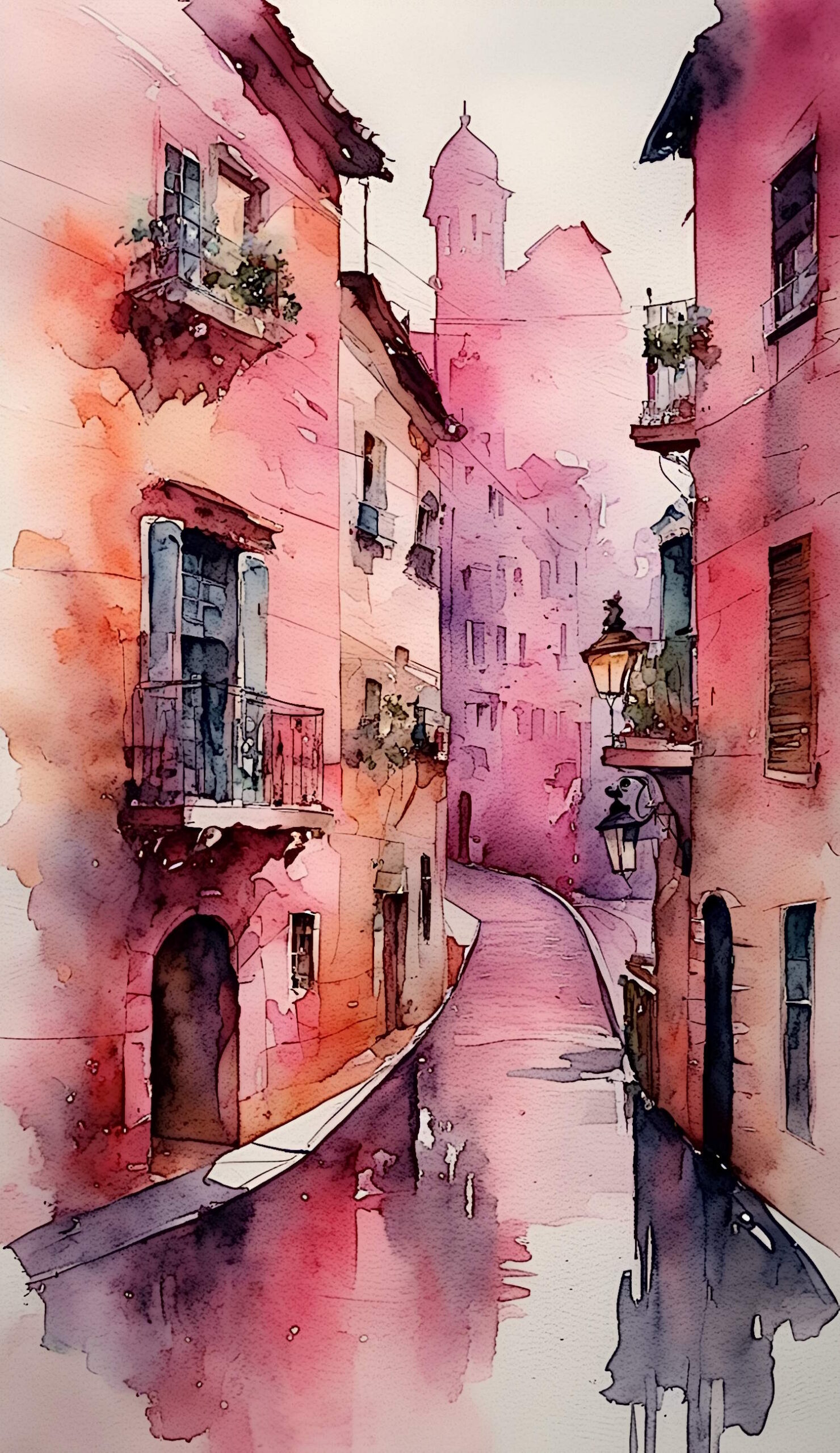-
Roman music? In fact you will find fewer examples of music than one would think, given the Roman's culture inspired many aspects of our modern western society, Rome did not, however, contribute much to music as the Greeks did. Although they conquered their territories,…
Tag: music
About
Life’s a painting and you’re the artist. But you are never finished. Each day is made up of a dozen different sketches, alone they will never be more than that, a sketch, yet they make up the context of our lives.
This is my sketch, one done with love.
Olivia
Recent Updates
Site Links

